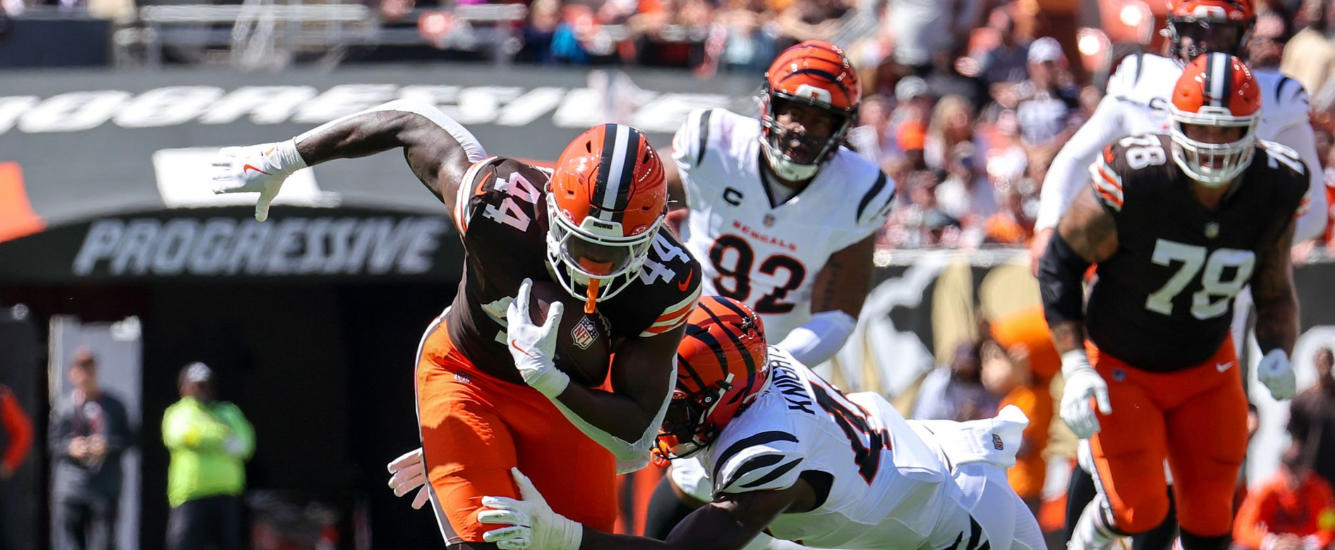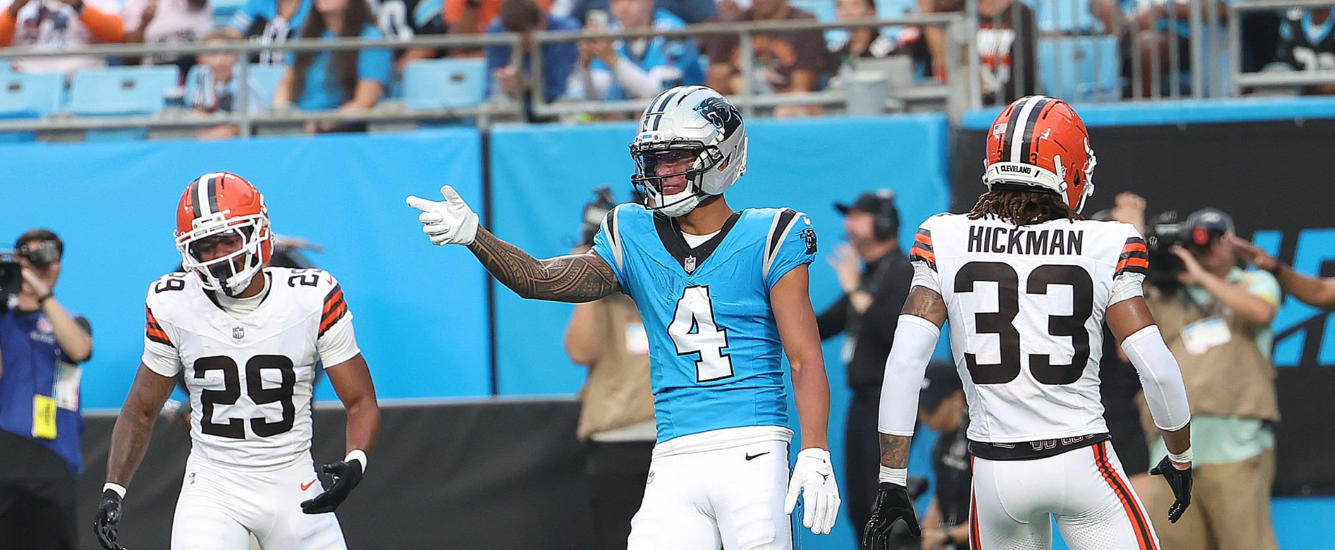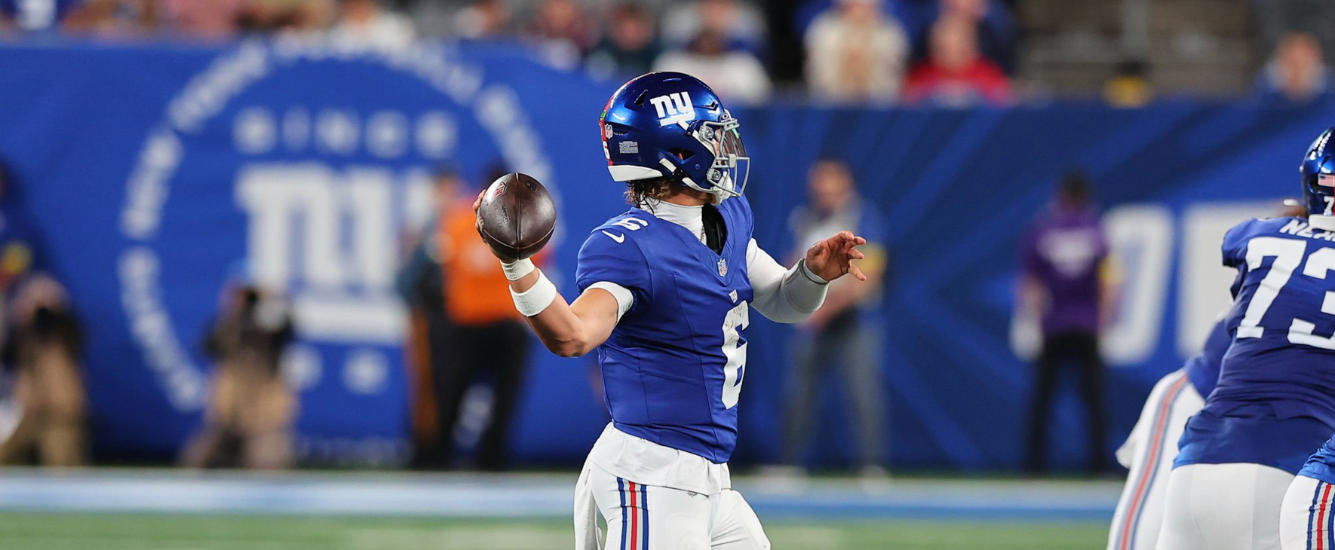Many owners know, or at least believe, you should sell your running backs once they reach a certain age — around 25, perhaps. I’ve always been wary of such blanket statements, but could this narrative be true?
Blair Andrews looked at how RBs age in Running Back Age Curves, Breakout Rates, And Failure Rates – The Wrong Read, No. 35. One of Blair’s key takeaways is that RBs fail earlier than we realize.
But what if we limit our search only to fantasy starters? Using the RotoViz Screener I looked at RBs who played in at least six games and scored 12.5 PPG or more.[1]I used 12.5 PPG because that would be a 200-point season over 16 games, and is roughly the RB18 each season — in other words, a weekly starter. My question is, how often do RBs improve following a starter-worthy season?
How Do RBs Perform Following a 12.5-PPG Season?
Blair showed in the Wrong Read that RBs on average do not improve past 23 years old. He looked at the magnitude of improvement or decline, but what if we ask about the percentage of RBs who improve compared to those who decline?
Since 2000, we’ve had 395 instances of a running back playing six games while also scoring 12.5 or more points per game in a season and playing six games the next season. Out of those 395 running backs, only 117 — 29.6% — improved their scoring the following year.

This is slightly depressing, but not unexpected. If you score 12.5 points per game in a season, you’re likely one of the top-20 RBs in the league, and you likely benefitted from some positive variance that might reverse itself the next season. Still, perhaps we can discover some trends that will make us more likely to find players who will improve.
Footnotes[+]Footnotes[−]
| ↑1 | I used 12.5 PPG because that would be a 200-point season over 16 games, and is roughly the RB18 each season — in other words, a weekly starter. |
|---|




















